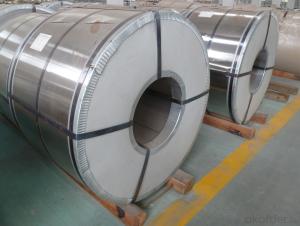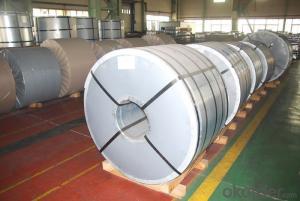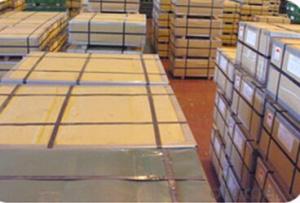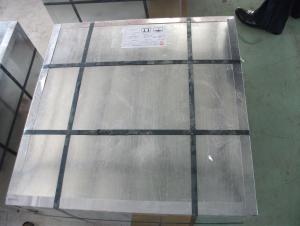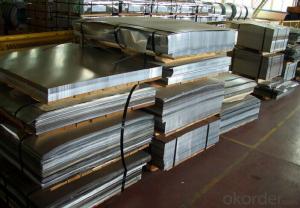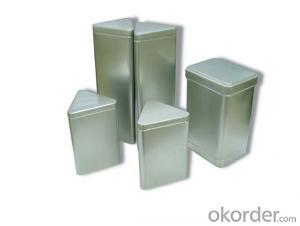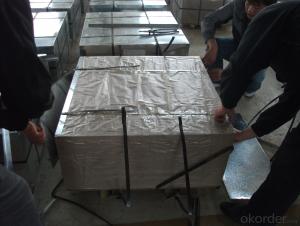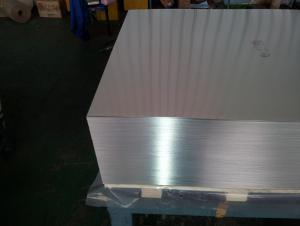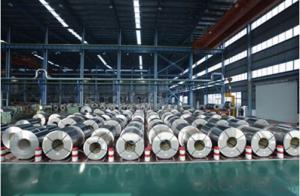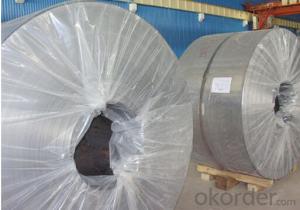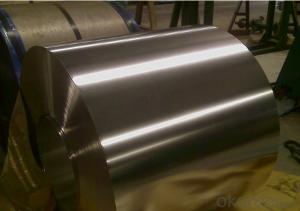Tinplate Screener
Tinplate Screener Related Searches
4 By 8 Plastic Sheets Thin Plastic Sheets Flexible Tinplate Coil Quotes Tinplate Iron Clear Plastic Sheets Hard Plastic Sheets 4X8 Lightweight Plastic Sheets Wavy Plastic Sheets White Plywood Sheets Poly Styrene Foam SheetsHot Searches
Tinplate China Tinplate Stock Price Tata Tinplate Price List Tinplate Price Trend Tinplate Nse Share Price Tinplate Price Chart Tinplate Share Price Nse Tata Tinplate Share Price Tinplate Share Price Today Tinplate Share Price Bse Tinplate Price Tinplate Share Price Tinplate Coil Manufacturers Tinplate Sheet Suppliers Food Mixer Sale Tinplate Factory Tinplate Production Tinplate Products Ltd Tinplate Products Tinplate Can ManufacturersTinplate Screener Supplier & Manufacturer from China
Okorder.com is a professional Tinplate Screener supplier & manufacturer, offers integrated one-stop services including real-time quoting and online cargo tracking. We are funded by CNBM Group, a Fortune 500 enterprise and the largest Tinplate Screener firm in China.Hot Products
FAQ
- No, tinplate packaging is not suitable for microwaveable products as it can cause sparks or fires due to its metal composition.
- Tinplate contributes to the shelf life of beverages by providing a protective barrier that prevents corrosion and contamination. It helps to maintain the integrity of the beverage by preventing exposure to oxygen, moisture, and light, which can degrade its quality. Additionally, tinplate's resistance to temperature changes and its ability to provide a tight seal further extend the shelf life of beverages by preventing spoilage and maintaining their freshness.
- No, tinplate cannot be used for microwave-safe packaging as it is made of steel coated with a thin layer of tin, which can cause sparks and potential damage to the microwave.
- Tinplate contributes to the containment of chemical substances through its excellent barrier properties. The tin coating on the steel substrate forms a protective layer that prevents direct contact between the chemical substances and the metal, reducing the risk of corrosion and contamination. This barrier also helps to maintain the integrity and stability of the chemical substances by preventing interactions with external factors such as moisture, oxygen, and light. Overall, tinplate provides a secure and durable packaging solution for chemical substances, ensuring their safety and quality throughout storage and transportation.
- Tinplate is highly recyclable, just like aluminum. Both materials can be recycled repeatedly without losing their properties or quality.
- There are several ways to open tinplate containers, including using a can opener, a key, a sharp knife, or even a spoon to pry open the lid.
- Tinplate contributes to the circular economy by being highly recyclable and reusable. It can be easily collected, sorted, and processed into new products without losing its quality. This reduces the need for virgin materials and saves energy and resources in the production process. Additionally, tinplate's corrosion resistance properties extend the lifespan of products, further minimizing waste and promoting a more sustainable approach to manufacturing.
















